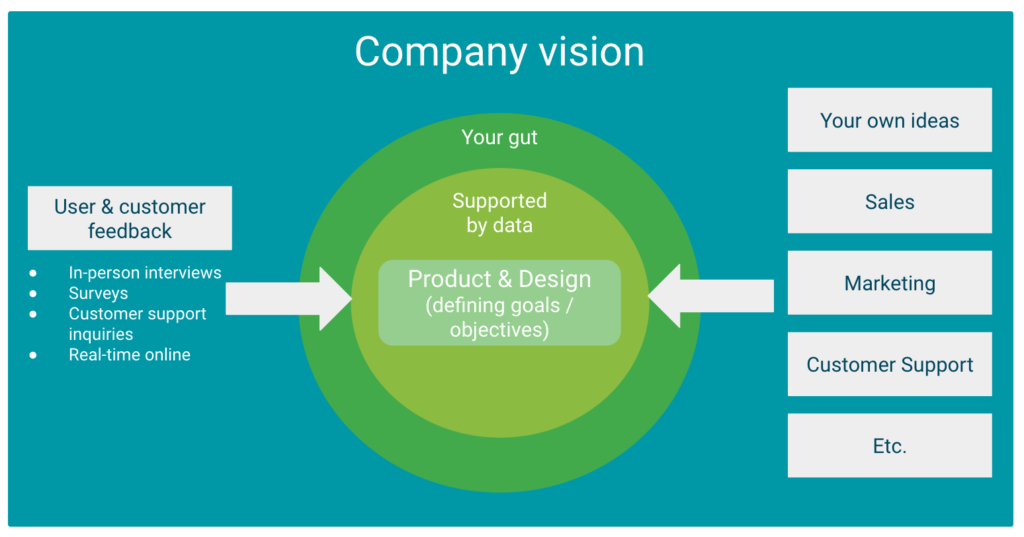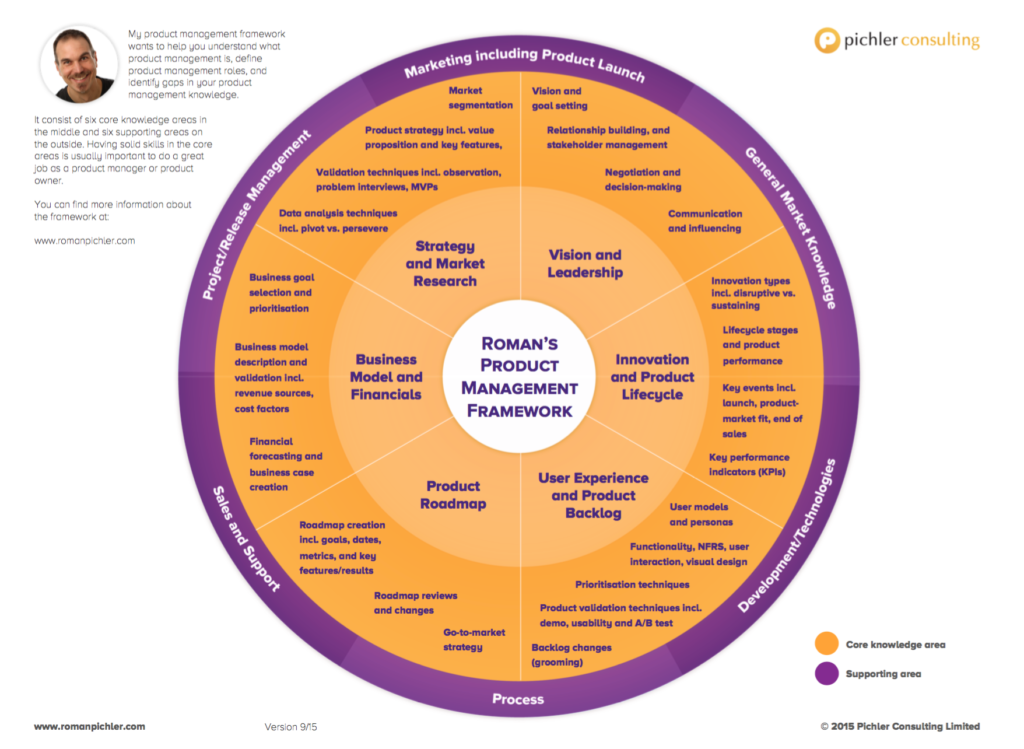
On Thursday, June 9th I’m teaching a 1-day course on product strategy for designers. It costs $299 for a ticket (or you can get group tickets for your team). If you’re a designer or you know any designers, please check it out.
I’m teaching the course for two reasons:
- Mary Treseler (our editor on Lean Analytics) is heading up a new group at O’Reilly focused on designers. She’s trying out a whole bunch of new things and genuinely innovating in the space of content creation, education, training and more. So I’m excited to work with her.
- I love designers. (And no I’m not pandering, honest!) Product design is not that far off from product management in terms of how it’s misunderstood, or more accurately, how it’s defined very broadly and unclearly. Is product design about pretty pictures? Is it about pixel perfection? Is it about interacting with customers? Who knows?!?! So I felt like this was a great opportunity to dig in on the subject a lot more and blend my product management experience with my experience working with and managing designers.
In putting together the material I’ve learned a ton. I’ve been taking my own ideas and opinions, mashing them up with other inputs, and trying to coalesce a ton of interesting information into a cohesive training package. We’ll see how that turns out!
Here are some initial thoughts and ideas that I wanted to share with you.
Product Designer is the Voice of the Customer
Like product managers, product designers should be some of the most empathetic team members around. They should be the voice of the customer, helping to collect various inputs (from customers and elsewhere) and translate those inputs into experiments and deliverables. There’s clearly some overlap here with product management, which I think is natural. I’m working on a graphic to try and describe how I see product designers and product managers collecting inputs, and here’s what I have so far:

The idea is that product and design work together to collect inputs, measure them against their own guts/intuition and then use data to validate or invalidate hypotheses (crafted from the inputs). We’ll see if that makes sense on Thursday!
How Metrics Matter for Product Design
Kerry Rodden (YouTube and Google UX Researcher) put out a great post on Google’s HEART framework for picking the right UX metrics that matter. HEART stands for Happiness, Engagement, Adoption, Retention and Task Success.
It’s not always easy to measure the value creation of any given piece of work (for a designer, engineer or anyone else), but it’s important to try, and to setup team structures and company structures that take this approach. No one wants to work on things that don’t matter.
Product Design Can Reduce Waste
The later a mistake is made, the more expensive it is. While it’s hard to argue with that, most companies don’t do enough up-front in terms of problem/solution validation with customers or users to reduce waste. Most companies “talk to customers” and then build a bunch of stuff, ship it and hope it works. It’s not quite waterfall, it’s somewhere between waterfall and Lean. A Lean waterfall maybe…
A product designer’s job should be to reduce waste by learning and testing constantly. The minute something starts being coded, the cost goes way up. Product designer’s should be doing perpetual problem/solution validation to reduce waste and help their team deliver better product.
How Product Designer & Product Management Work Together
Roman Pichler (who I met recently at the Lean Event in Brighton, England) has a very interesting framework to visualize describe what product management is all about.

There’s a lot going on there! Product managers have a very diverse role, and not all of them will do all of these things at every company, which makes the role even more confusing.
But where do product designers fit in?
I think that’s a very interesting question, because I guarantee you they fit in at different places at different companies. If you’re a product designer or work with some, where do you see overlap? Where could product design step in and add value to the overall product management and development process?
Product Strategy for Designers
Everyone at a company needs to understand how products get built. It’s not enough that product managers and developers are involved; but designers (and others) need a broader understanding of product strategy and development so they can have a bigger impact and drive more success.
If this resonates with you–as a designer (or again, if you know any designers)–I hope you’ll check out Product Strategy for Designers. I certainly will be sharing more lessons learned and ideas on this blog in the future too.
 Founding Partner at
Founding Partner at 